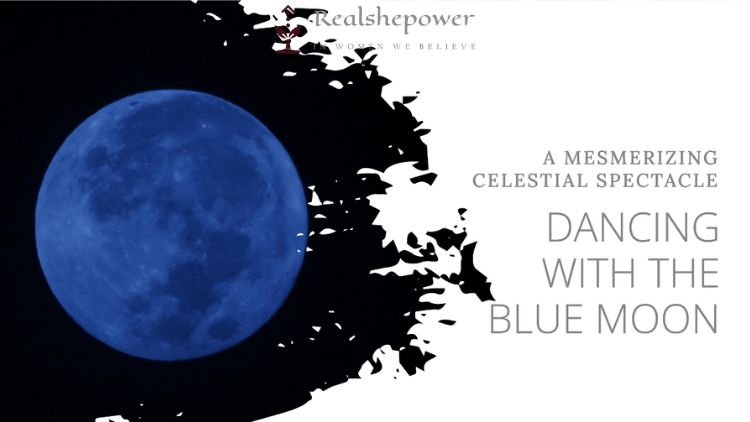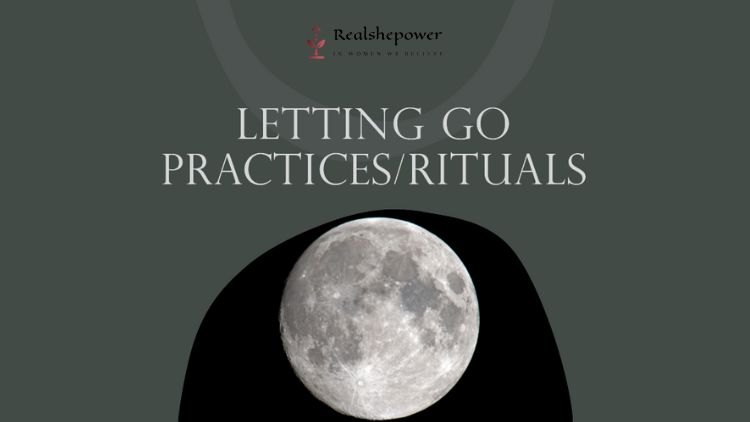The Blue Moon: The Enigmatic Dance of Earth’s Celestial Companion


The night sky has long been a canvas of wonder and mystery, with stars, planets, and our very own moon painting tales of cosmic marvel. Among these tales, one phenomenon stands out, both for its rarity and its captivating beauty: the Blue Moon. But what is this elusive event, and why does it capture our collective imagination so profoundly?
The Science Behind the Spectacle
Contrary to its name, a Blue Moon isn’t typically blue. The term traditionally refers to the occurrence of two full moons in a single calendar month. Given that the lunar cycle is about 29.5 days and most months are 30 or 31 days long, this phenomenon isn’t as rare as one might think. On average, a Blue Moon will grace our skies once every 2.7 years, which is why we have the saying, “once in a blue moon,” denoting a rare event.
However, the moon can sometimes take on a bluish hue. This coloration is a result of atmospheric conditions. Volcanic eruptions or wildfires can release particles into the atmosphere that are just the right size to scatter red light and allow blue light to pass through, giving the moon a surreal blue tint.
Historical Reverence and Modern Fascination
The Blue Moon has been a subject of intrigue for centuries. Ancient civilizations, from the Mayans to the Celts, often associated unusual celestial events with gods, omens, or prophecies. A Blue Moon, with its unexpected light, was seen as a sign of significant change or a pivotal moment about to unfold.
In modern times, while we have the science to explain the phenomenon, the Blue Moon hasn’t lost its allure. It’s a symbol of the unexpected, a reminder of nature’s ability to surprise and mesmerize us. It’s a moment that photographers await eagerly, and that poets and songwriters have immortalized in their works.
The Blue Moon’s Cultural Impact
The Blue Moon’s influence isn’t just limited to science and history. It permeates popular culture. The famous song “Blue Moon,” covered by artists like Elvis Presley and Frank Sinatra, is a testament to its lasting impact. The phrase “once in a blue moon” has become synonymous with rare and special events, further embedding the phenomenon in our collective consciousness.
Future Blue Moons: A Celestial Treat
For those eager to catch this spectacle, the good news is that Blue Moons, while rare, are predictable. Astronomers and lunar calendars can pinpoint when the next Blue Moon will occur, allowing enthusiasts to prepare for this celestial treat.
The Blue Moon, with its blend of science, history, and cultural significance, stands as a testament to humanity’s enduring fascination with the cosmos. It’s a gentle reminder of the mysteries that lie beyond our planet, of the vastness of the universe, and of the rare moments that bring a touch of the extraordinary to our everyday lives. As we go about our routines, it’s worth pausing once in a while—perhaps once in a blue moon—to look up and marvel at the wonders of the world above.
Full Moon Letting Go Practices/Rituals: Release What No Longer Serves You

You can now write for RSP Magazine and be a part of the community. Share your stories and opinions with us here.
